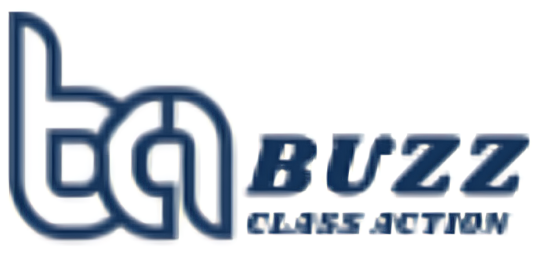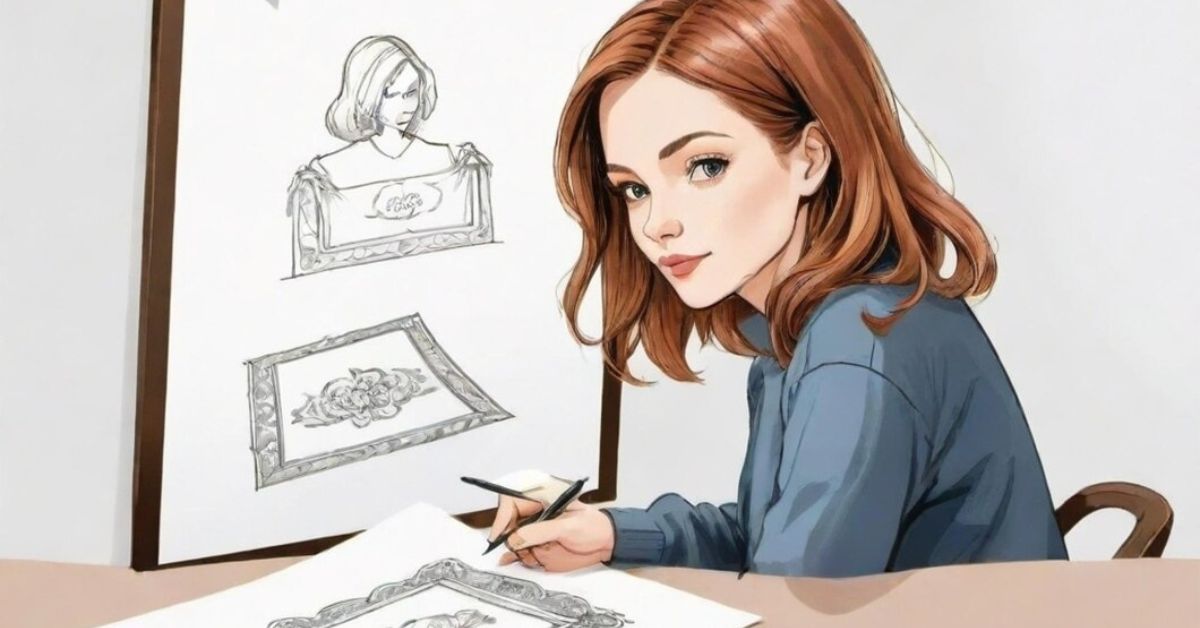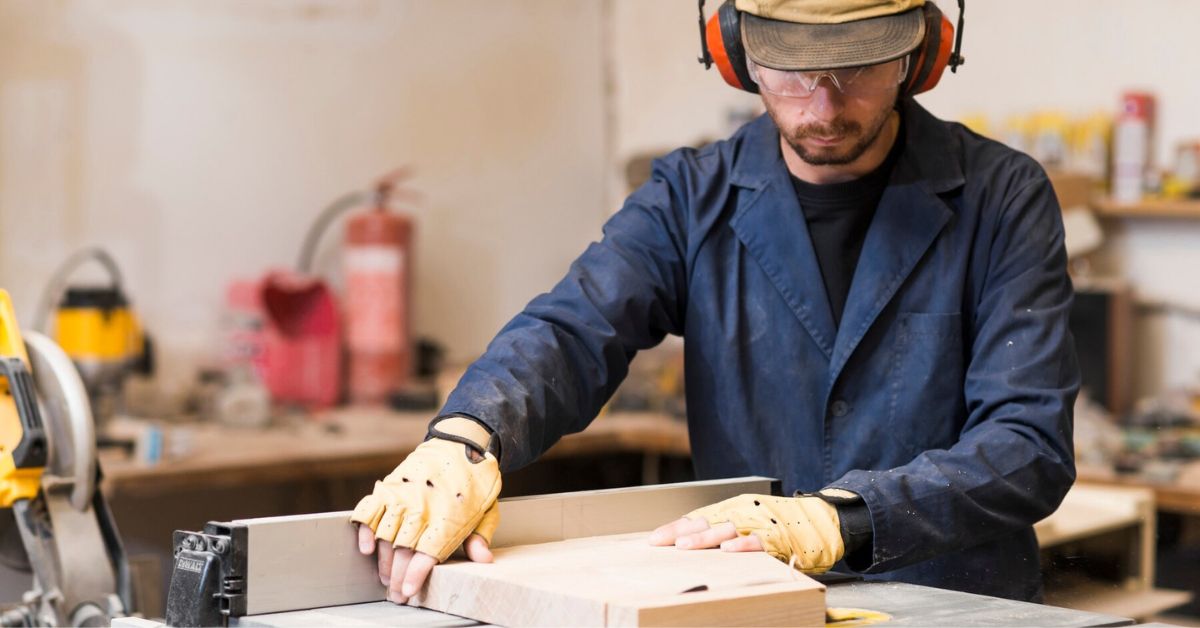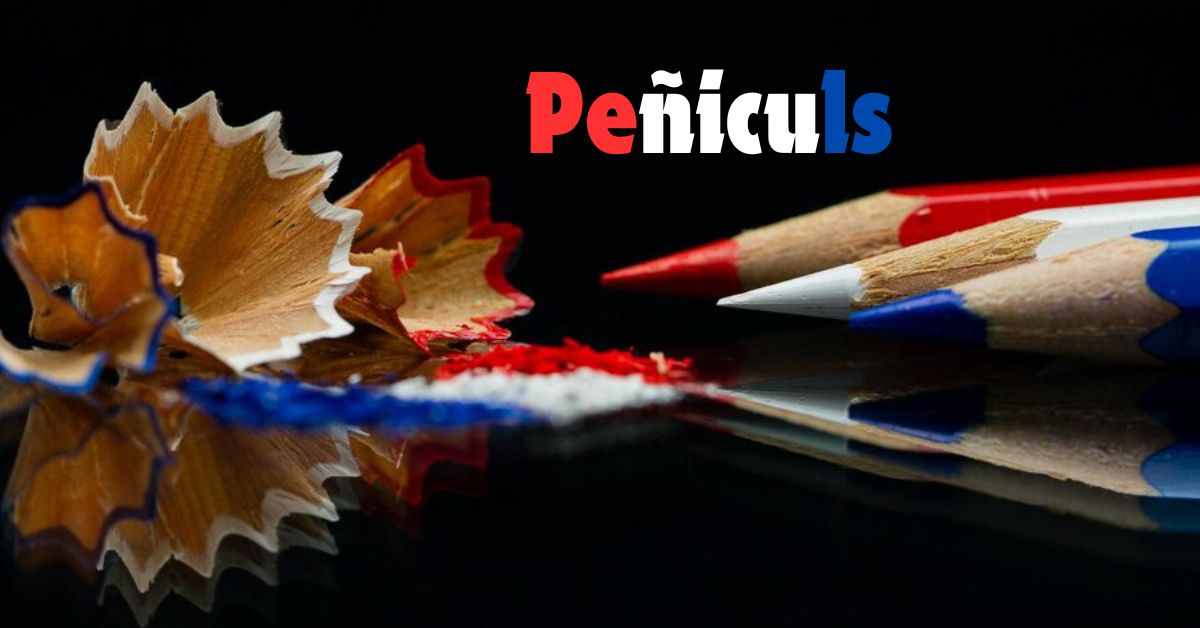Ashley ann tahigan storyboard guide is the secret sauce behind every successful visual project, from blockbuster movies to eye-catching advertisements. And when it comes to mastering this art, Ashley Ann Tahigan’s approach stands out. This guide dives into the storyboarding world with Ashley Ann Tahigan’s unique techniques, offering you insights, tips, and the step-by-step process you need to elevate your projects.
Who is Ashley Ann Tahigan?
Ashley Ann Tahigan is a renowned storyboard artist known for her dynamic and engaging visual storytelling techniques. With years of experience in the film and animation industries, her work has influenced countless creators who rely on her methods to bring scripts to life. Tahigan’s approach combines creativity with precision, making her one of the leading voices in storyboarding today.
YOU MAY LIKE: Partner of Rules Informally NYT: A Comprehensive Guide
What is Storyboarding?
Storyboarding is a visual representation of a script or concept, often used in film, animation, and marketing to plan out scenes, shots, and sequences. It involves drawing panels that outline the flow of a story, showcasing how each moment should look. Unlike other planning methods, storyboarding allows creators to see the narrative unfold visually, which can be a game-changer for spotting potential issues early on.
Why Storyboarding is Essential for Creative Projects
Storyboarding is not just an optional step; it’s a crucial element of any creative project. It helps teams visualize the narrative, ensuring everyone is on the same page before production begins. It streamlines processes, reduces miscommunication, and ultimately saves time and money by identifying potential problems early. Imagine trying to build a house without blueprints—storyboarding is that essential blueprint for visual storytelling.
Key Elements of a Storyboard
- Panels and Layouts: Each panel represents a specific scene or moment, laid out in sequence to create the visual narrative.
- Timing and Sequence: Proper timing between panels helps convey the pacing of the story, crucial for engaging storytelling.
- Annotations and Directions: Notes on camera angles, character movements, and other details provide clarity for production teams.
Ashley Ann Tahigan’s Unique Approach to Storyboarding
What sets Ashley Ann Tahigan apart is her innovative style, which blends traditional techniques with modern storytelling needs. She emphasizes simplicity, clarity, and the power of each visual element to tell a story on its own. Tahigan’s storyboards often feature clean lines, strategic use of space, and precise annotations that guide the viewer through the narrative effortlessly.
The Benefits of Using a Storyboard Guide
Using a storyboard guide like Ashley Ann Tahigan’s can enhance creativity by providing a clear structure within which ideas can flourish. It reduces miscommunication among team members and ensures that the final product aligns with the original vision. Whether you’re working solo or in a large production team, a well-crafted storyboard is your roadmap to success.
Step-by-Step Guide to Creating a Storyboard
- Pre-Planning Your Storyboard: Start with a clear idea of your story’s structure. Outline key moments and decide what needs to be visualized.
- Sketching Your Panels: Begin with rough sketches. Don’t worry about perfection—focus on getting the main actions and emotions across.
- Adding Details and Directions: Refine your sketches by adding details, camera angles, and other directional notes that guide production.
Common Mistakes in Storyboarding and How to Avoid Them
- Overcomplicating Panels: Keep it simple; too much detail can overwhelm the viewer and distract from the main message.
- Lack of Clear Directions: Ensure your annotations are clear and concise, avoiding any room for misinterpretation.
Tips from Ashley Ann Tahigan for Effective Storyboarding
- Keeping it Simple and Clear: Focus on conveying the story visually without overcrowding the panels with unnecessary details.
- Focusing on Key Visuals: Highlight the most important aspects of each scene—what the audience must see to understand the narrative.
Tools Recommended by Ashley Ann Tahigan
- Digital vs. Traditional Tools: While traditional paper and pencil still have their charm, digital tools offer greater flexibility for revisions.
- Software and Resources: Programs like Storyboard Pro, Photoshop, and even basic sketching apps can be incredibly effective for storyboarding.
Ashley Ann Tahigan’s Storyboarding for Different Media
- Storyboarding for Film: Emphasizes dynamic camera movements and character interactions to bring scripts to life.
- Storyboarding for Animation: Focuses on timing and fluidity, ensuring that animated sequences are well-paced and engaging.
- Storyboarding for Marketing and Ads: Often more focused on brand messaging, these storyboards highlight key visuals that resonate with the target audience.
Success Stories: Projects Using Ashley Ann Tahigan’s Methods
Tahigan’s methods have use in numerous successful projects, from indie films to big-brand advertisements. Creators who’ve adopted her techniques often find that their projects run smoother, look better, and resonate more deeply with audiences. Testimonials from industry professionals frequently highlight her guide’s impact on enhancing both creative and operational aspects of storytelling.
Conclusion
Storyboarding is more than just a planning tool—it’s a creative process that shapes how stories are told and experienc. Ashley Ann Tahigan’s unique approach offers a roadmap for anyone looking to elevate their visual storytelling skills. By following her guide, you can avoid common pitfalls, streamline your production, and bring your creative visions to life with clarity and impact.
FAQs
What is the best tool for storyboarding?
While there are many great tools, Storyboard Pro and Photoshop are popular for their versatility and user-friendly interfaces.
How can I improve my storyboarding skills?
Practice regularly, study other artists’ work, and focus on the key elements that make a storyboard effective: clarity, timing, and direction.
Why is Ashley Ann Tahigan’s guide popular?
Her guide is known for its simplicity, practical advice, and focus on enhancing storytelling through clear, visually engaging panels.
How long does it take to create a storyboard?
The time required varies depending on the complexity of the project, but a basic storyboard can take anywhere from a few hours to several days.
Can storyboarding be done digitally?
Absolutely! Digital tools not only make the process faster but also allow for easy revisions and collaboration.
READ MORE: CLICK HERE



